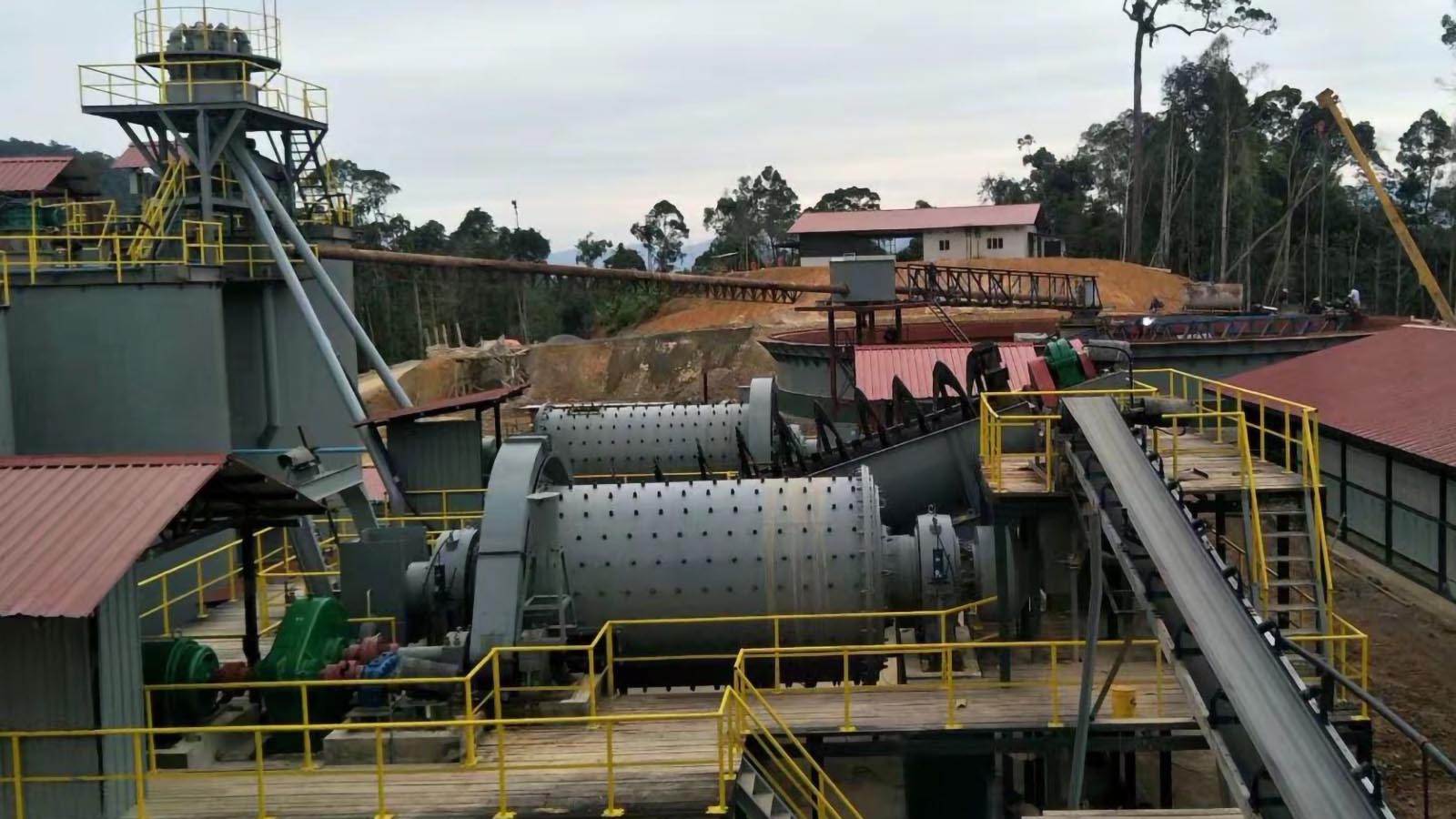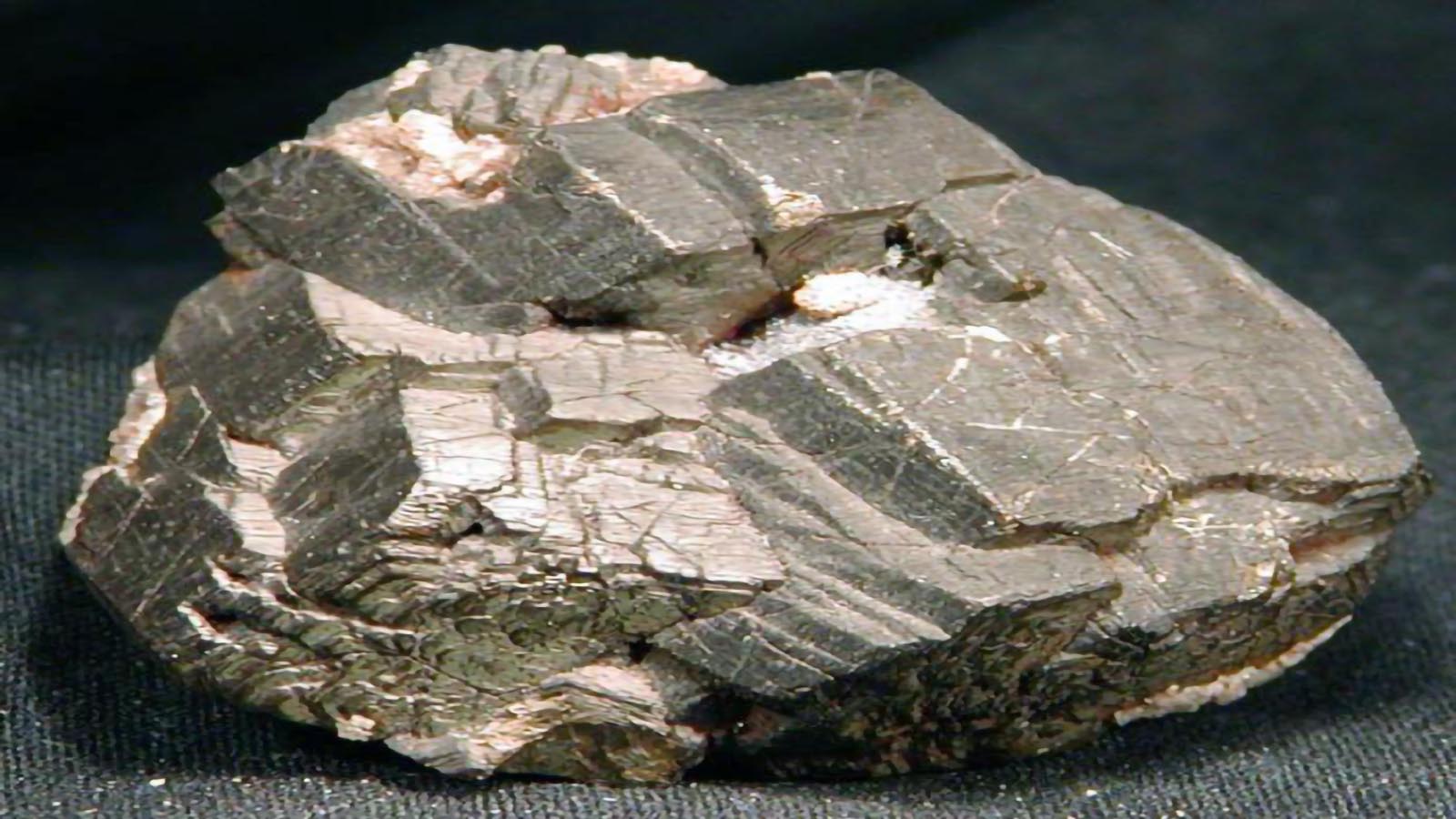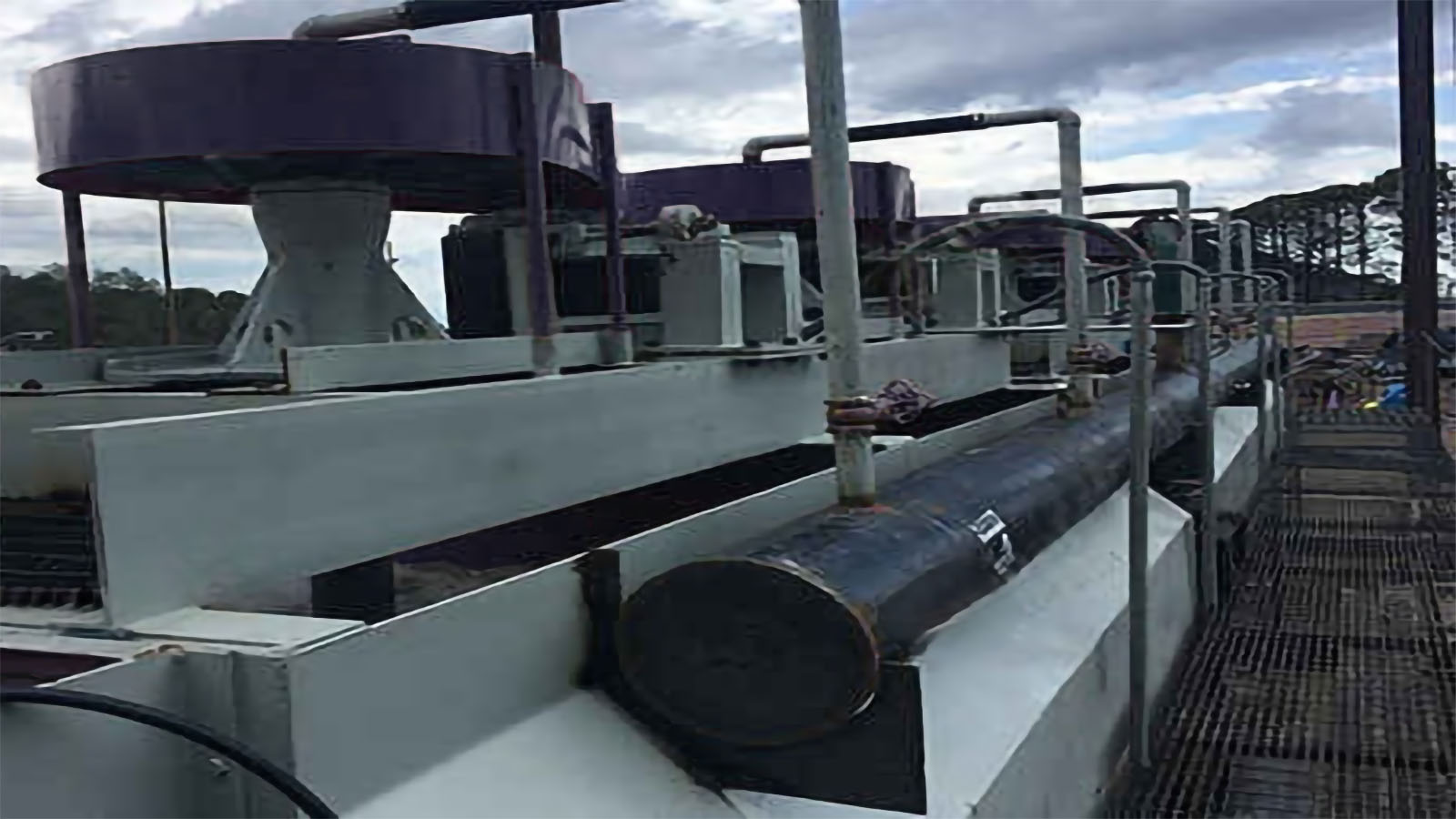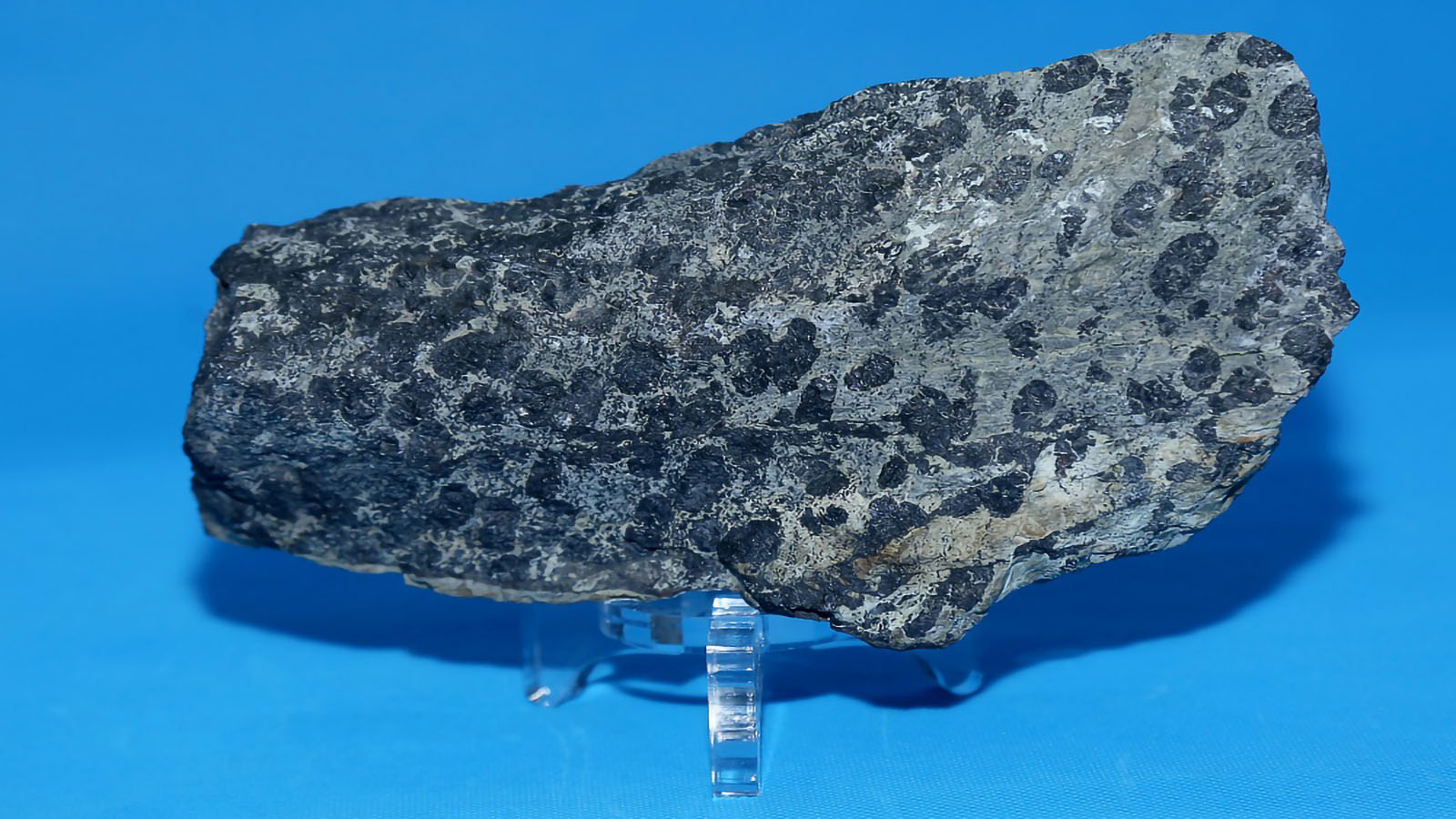
Gold ore processing represents a sophisticated series of technological operations designed to extract and concentrate gold from mined ore. As global gold resources trend toward lower grades and increased complexity, Zexin Mining's technical team has developed comprehensive processing strategies based on years of research and practical experience. This article examines the key technological considerations across all stages of the gold ore beneficiation process.
Integrated Gold Ore Processing Framework
Effective gold recovery requires a systematically designed processing framework that maximizes extraction while optimizing operational efficiency. Based on extensive field experience, Zexin Mining has identified four interconnected processing stages crucial for successful gold ore beneficiation: preliminary crushing, grinding-classification, separation-concentration, and dewatering-tailings management. Each stage contributes distinctly to the overall metallurgical performance, with careful coordination between stages being essential for achieving optimal recovery rates.
Advanced Crushing Technologies for Gold Ores
The crushing circuit serves as the initial preparation stage for gold ore processing, reducing run-of-mine material to appropriate sizes for subsequent operations while beginning the liberation of gold from host minerals. Through systematic research, Zexin Mining has developed a three-stage crushing approach tailored to various gold ore types.
Primary Crushing Optimization
Primary crushing operations typically employ jaw crushers to perform initial size reduction. Zexin Mining's approach involves careful selection and adjustment of critical crusher parameters according to ore characteristics, including crusher cavity geometry, discharge opening width, and eccentric shaft rotation speed. The process utilizes an eccentric shaft mechanism to drive the movable jaw in reciprocating motion against the stationary jaw plate, effectively crushing ore through compression and splitting forces. Experience has demonstrated that properly configured discharge openings and optimized cavity designs significantly improve particle size distribution uniformity, creating ideal feed conditions for secondary crushing. For high-hardness quartz-vein gold ores, reinforced jaw crusher models are recommended, while standard configurations suffice for medium to low-hardness oxidized gold ores, reducing energy consumption and equipment wear.
Secondary Crushing Configurations
Secondary crushing typically utilizes cone crushers, which operate through eccentric rotational movement of the inner cone against the fixed outer cone, subjecting ore particles to compression, bending, and impact forces. Zexin Mining's research has identified liner material selection and discharge setting adjustment as critical factors affecting secondary crushing performance. Different gold ore types require specific liner configurations: high-sulfide gold ores benefit from high-manganese steel liners, while quartz-vein gold ores perform better with composite liners that extend service life. Precise control of discharge settings prevents excessive crushing, reducing mechanical gold losses and overgrinding phenomena that can complicate downstream processing.
Tertiary Crushing and Closed-Circuit Systems
Tertiary crushing is typically conducted using impact crushers or high-efficiency fine cone crushers, with the objective of further reducing particle size to meet grinding circuit feed requirements. Zexin Mining has innovatively implemented closed-circuit screening systems at this stage, creating recirculation loops between vibrating screens and crushing equipment to ensure precise product sizing. Operational data confirms that closed-circuit tertiary crushing systems provide more consistent particle size distribution with over 30% reduction in overgrinding, establishing optimal feed conditions for the grinding circuit. Additionally, controlled moisture management during tertiary crushing significantly reduces dust generation, improving both environmental conditions and equipment longevity.
Grinding and Classification System Optimization
The grinding-classification circuit represents the critical preparation stage for gold liberation, reducing crushed ore to sizes where gold particles are sufficiently liberated from gangue minerals. Zexin Mining has developed comprehensive technical approaches for maximizing grinding efficiency while preventing excessive gold losses due to overgrinding.
Rod Mill Applications in Primary Grinding
Rod mills are frequently employed for primary grinding of gold ores, utilizing line-contact grinding action of steel rods to effectively reduce particle size while minimizing overgrinding. Through extensive testing, Zexin Mining has identified key operational parameters requiring careful optimization, including rod charge composition and volume, mill rotation speed relative to critical speed, and feed size distribution. Operational data demonstrates that optimal performance is achieved when rod mills operate at 70-75% of critical speed with rod charges maintained at 35-40% of mill volume. Different gold ore types require specific mill configurations: gold-bearing sulfide ores perform better in mills with higher length-to-diameter ratios, while quartz-vein gold ores achieve superior grinding efficiency in mills with lower length-to-diameter ratios.
Ball Mill Technology Enhancements
Ball mills are predominantly used for secondary grinding operations, employing spherical grinding media that impact and abrade ore particles as they are lifted and dropped during mill rotation. Zexin Mining's research has determined that ball size distribution, mill filling percentage, and grinding media composition significantly influence grinding efficiency and product fineness. Different ore hardness values require specific ball size distributions: harder ores benefit from a large:medium:small ball ratio of 3:4:3, while medium-hardness ores achieve optimal results with a 2:5:3 ratio. For ores containing fine gold dissemination, the partial substitution of ceramic grinding media has proven effective in improving grinding efficiency while reducing overgrinding, thereby enhancing overall gold recovery.
Advanced Classification Technologies
Classification systems are essential for controlling particle size distribution and preventing overgrinding in gold processing circuits. Zexin Mining employs two primary classification technologies: spiral classifiers for coarser fractions (typically >0.15mm) and hydrocyclones for finer fractions (down to 0.037mm). Spiral classifiers utilize the mechanical action of spiral flights to transport coarse particles toward the discharge end, while hydrocyclones employ centrifugal force fields to separate particles based on size and density. In practical applications, Zexin Mining has implemented innovative two-stage classification systems: the first stage employing spiral classifiers for coarse classification, followed by hydrocyclone clusters for precise fine classification, creating multi-stage closed grinding-classification circuits. This configuration has demonstrated classification efficiency improvements of 15-20 percentage points, significantly reducing gold losses due to overgrinding while enhancing downstream separation performance.
Gold Recovery Processes and Technological Innovations
The separation stage represents the core of the gold recovery process, employing various technologies to concentrate and recover gold from ground ore. Based on the mineralogical characteristics of different gold ores, Zexin Mining has developed three primary recovery approaches and their strategic combinations.
Gravity Concentration Systems
Gravity concentration remains a fundamental gold recovery method, exploiting the significant density differential between gold (19.3 g/cm³) and gangue minerals (typically 2.5-3.0 g/cm³). In practical applications, jigs and shaking tables represent the most widely utilized gravity concentration equipment. Jigs operate through pulsating water flows that create vertical stratification of particles according to density, allowing heavy gold particles to concentrate in the lower bed layers for subsequent recovery. Zexin Mining has enhanced conventional jig technology through variable frequency drive systems that provide precise control over pulsation frequency and intensity, substantially improving recovery efficiency, particularly for gold particles in the 1-0.2mm size range.
Shaking tables operate through asymmetric longitudinal reciprocating motion combined with transverse water flow, creating particle separation bands based on density and size gradients across the table surface. Zexin Mining's innovative combination table system incorporates optimized deck surface designs and slope control mechanisms, enabling targeted recovery of different gold size fractions. This technology has demonstrated exceptional performance in recovering fine gold particles in the 0.2-0.03mm size range, achieving recovery improvements of 8-12 percentage points compared to conventional equipment.
Flotation Process Innovations
Flotation technology is indispensable for processing finely disseminated gold ores, particularly those where gold is associated with sulfide minerals. Zexin Mining's research has focused on reagent regime optimization and equipment modifications to enhance flotation performance. In reagent development, specialized composite collector formulations have been created for specific gold ore types, achieving synergistic effects that significantly improve gold flotation recovery. For carbonaceous gold ores, an innovative three-step "depression-activation-flotation" methodology has been developed to overcome the problematic "preg-robbing" effect that typically reduces gold recovery.
In flotation equipment applications, Zexin Mining has implemented advanced forced-air flotation cells that generate fine, uniform bubbles with enhanced mineralization efficiency, making them particularly effective for fine and ultra-fine gold particles. Through optimization of machine design parameters and operational conditions—including impeller speed, air flow rate, and reagent addition points—concentrate grades have been increased by over 15% with recovery improvements of 7-10 percentage points in full-scale operations.
Cyanidation Process Advancements and Environmental Innovations
Cyanidation remains an important technology for gold recovery, particularly suited to processing finely disseminated and refractory gold ores. Zexin Mining has implemented several technological enhancements to traditional cyanidation processes. The Carbon-in-Leach (CIL) process has been adopted, combining leaching and adsorption operations simultaneously in the same vessels, significantly improving processing efficiency and recovery rates. From an environmental perspective, low-concentration cyanidation technology has been developed through optimization of leaching parameters including oxygen concentration, cyanide dosage, and pH levels, reducing cyanide consumption by over 30% while maintaining excellent recovery performance.
For cyanidation tailings treatment, Zexin Mining employs an "oxidation-sulfidation-precipitation" combined process that achieves efficient degradation of residual cyanide compounds, ensuring effluent quality meets or exceeds environmental discharge standards. Additionally, electrowinning technology has been implemented as an alternative to traditional zinc cementation, producing higher purity gold while reducing secondary contamination risks.
Dewatering Technologies and Tailings Management
The final stage in gold ore processing encompasses concentrate dewatering and tailings management, which impact both product quality and environmental sustainability.
Concentrate Dewatering Optimization
Gold concentrate dewatering typically utilizes a combination of thickeners and filter presses. Zexin Mining has focused on optimizing thickener feed systems and flocculant addition methods, implementing center dilution feed wells combined with automated flocculant dosing systems to achieve stable and efficient thickening performance. In the filtration stage, advanced membrane filter presses have been adopted, with optimized operating parameters maintaining gold concentrate moisture content between 8-10%, significantly reducing downstream smelting energy requirements and transportation costs.
Tailings Processing and Resource Recovery
Tailings management extends beyond environmental compliance to encompass resource utilization opportunities. Zexin Mining has developed tailings classification and backfill technologies that separate coarse sand fractions from fine slimes through hydraulic classification. The coarse fraction is utilized for underground backfill operations or construction material production, while the fine fraction undergoes thickening before final impoundment. For complex gold ore tailings containing valuable accessory minerals, a "secondary concentration-chemical extraction" combined process has been implemented, achieving efficient recovery of associated valuable elements and enhancing overall resource utilization efficiency.
In tailings impoundment design and management, Zexin Mining applies lifecycle management principles, optimizing dam structure, drainage systems, and monitoring networks to ensure safe and stable operation. The company actively explores ecological restoration technologies for tailings areas, implementing vegetation rehabilitation and soil improvement programs that transform tailings impoundments into environmentally sustainable landscapes.
Integrated Process Design and Optimization
Through extensive engineering experience, Zexin Mining has determined that gold ore processing requires systematic design and integration based on specific ore characteristics. Different gold ore types demand tailored processing combinations: ores dominated by coarse free gold are best processed using "gravity-cyanidation" combined flowsheets; ores where gold is predominantly associated with sulfide minerals typically perform best with "flotation-cyanidation" process combinations; while complex, difficult-to-process gold ores often require "gravity-flotation-cyanidation" integrated processing systems.
In process system integration, particular attention must be given to interface optimization between processing stages and coordinated parameter adjustment across the entire flowsheet. Through digital monitoring and intelligent control systems, Zexin Mining achieves stable and efficient operation of integrated processing circuits. Operational data confirms that systematic process optimization improves overall gold recovery by 3-5 percentage points while reducing operating costs by 15-20%, generating significant economic benefits.
As gold resources continue to trend toward greater complexity and lower grades, processing technology will increasingly evolve toward precision, intelligence, and environmental sustainability. Zexin Mining remains committed to continuous technological innovation, developing more efficient and environmentally responsible gold processing solutions that contribute to the sustainable development of the mining industry.
Related News

Innovative Breakthroughs and Industrial Applications in Multi-element Separation and Enrichment of Vanadium-Titanium Magnetite

Efficient Recovery of Associated Silver from Lead-Zinc Sulfide Ores: Comparative Analysis of Eight Advanced Flotation Technologies
